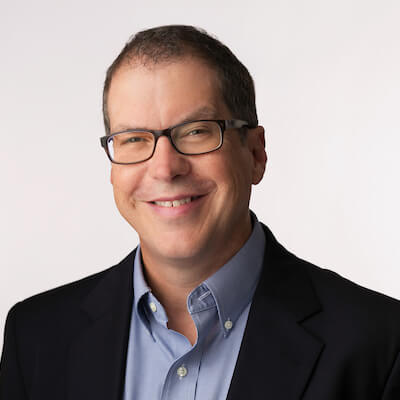Expert Series Expert Series By ActualTech Media Understanding SQL Server on VMware Storage Options
Featuring
Expert Series
Any change that you make in SQL Server -- be it insert, update, or delete -- must be hardened to disk before that transaction is considered complete. To ensure the change is made, SQL Server turns off all the OS-level caching and several other services. Now consider the common scenario of running SQL Server on Windows in a VMware virtual machine and writing to a SAN. If any component within these layers is not tuned properly, it will really hold you back. You may have the fastest SAN in the world, but if the VMware layer has been left to storage defaults, SQL Server will suffer. It’s like you've got a Porsche with square tires on it.
Join database expert David Klee for this ATM Expert Series Workshop to learn real-world settings and actionable sequencing tips to turbocharge your SQL Server performance in a VMware environment. This event is Part 1 in a 4-Part Workshop Series on SQL Server in VMware Environments.
About David Klee
David is a Microsoft MVP, VMware vExpert, SQL Server performance enthusiast, and virtualization architect. He spends most of his professional life taking mission critical SQL Servers and virtualizing them or migrating them to the cloud as the Founder of SQLibrium and Founder and Chief Architect of Heraflux Technologies.
-

Host Scott Bekker Webinar Moderator ActualTech Media
-

Featuring David Klee Founder and Chief Architect Heraflux Technologies
-

Featuring To Be Announced Pure Storage
What You'll Learn
- Discover the key components for tuning database performance, settings you absolutely must doublecheck, and KPIs you need to watch.
- Learn a step-by-step process to tune layer-by-layer from the bottom up (covering half a dozen layers).
- Find out about techniques for spreading out data to maximize available queues inside VMware, for multi-pathing at the hypervisor and for using multiple active SAN controllers.
- Get your questions answered by David in a live Q&A!
